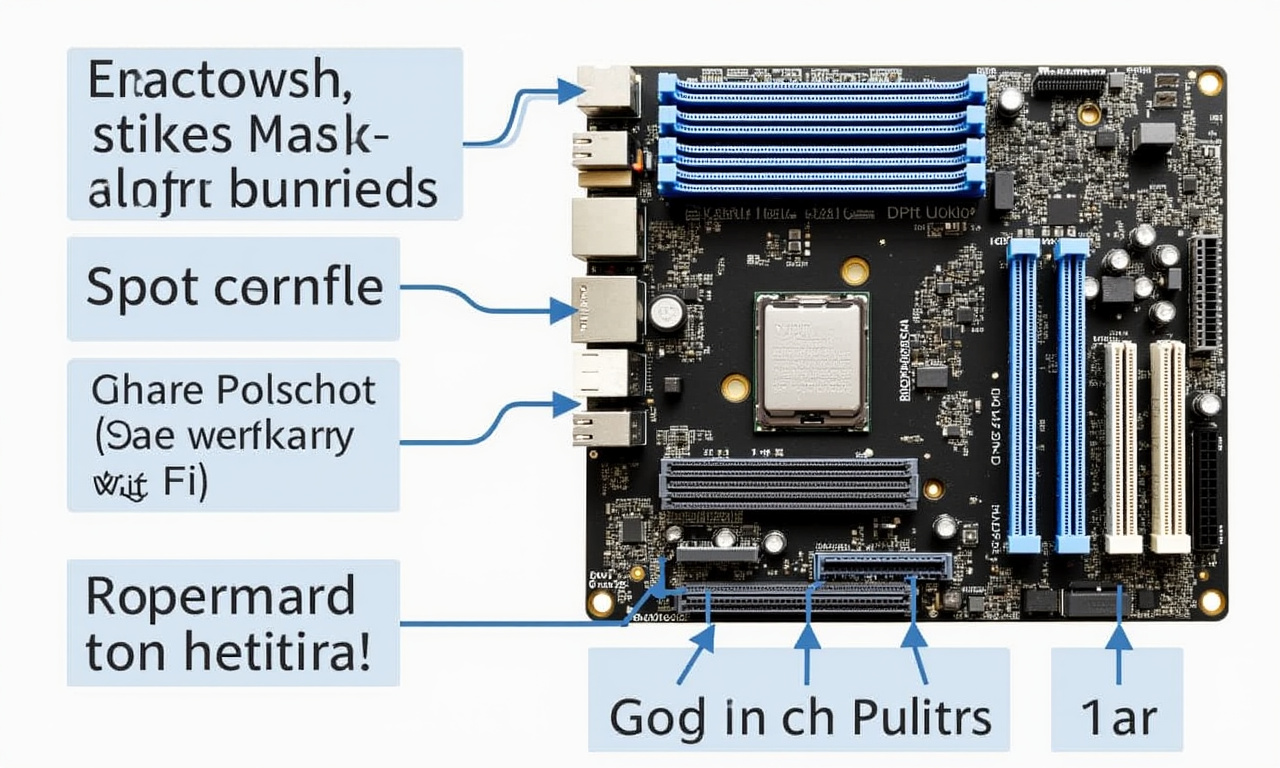Introduction to GPT-OSS
In a significant shift towards open-source models, OpenAI has released GPT-OSS, its first open-weight language model in over six years. This development marks a strategic departure from OpenAI’s previous stance of cautious release policies due to safety concerns and positions the organization as a key player in the open-source AI community.
Technical Specifications and Accessibility
GPT-OSS is available in two versions: one boasting 120 billion parameters and a smaller version with 20 billion parameters. The larger model requires a single Nvidia GPU for optimal performance, rivaling the capabilities of OpenAI’s o4-mini. The smaller version functions efficiently on devices with just 16GB of memory, performing comparably to the o3-mini model. Both versions are distributed via platforms such as Hugging Face, Databricks, Azure, and AWS and are available under the Apache 2.0 license, allowing broad customization and commercial use.
Context and Industry Implications
The release of GPT-OSS is a landmark event in the ever-evolving AI landscape, responding to the increasing demand for cost-effective, customizable, and open AI models. This move comes after a surge in developer interest in open models, spurred by the success of competitors like Meta’s Llama and the open nature of DeepSeek AI, as acknowledged by OpenAI’s CEO Sam Altman. The shift reflects a broader industry trend towards transparency and accessibility.
Enhancements in Functionality and Safety
OpenAI has embedded GPT-OSS with versatile capabilities, enabling the model to perform tasks such as reasoning, web browsing, coding, and interacting with other applications via OpenAI’s APIs. Chris Cook, OpenAI researcher, emphasized, “The vast majority of our customers are already using a lot of open models. We wanted to plug that gap and expand their capabilities with OpenAI technology.”
Safety remains paramount, and GPT-OSS has undergone extensive testing by external safety experts. The model incorporates transparent processes to monitor and mitigate risks such as cybersecurity threats and misuse. Despite these measures, OpenAI continues to withhold specific training datasets used for GPT-OSS, a common practice aimed at safeguarding proprietary techniques.
Market Comparison and Future Directions
While OpenAI has yet to release direct benchmarks against open models like DeepSeek or Google’s Gemma, GPT-OSS reportedly matches OpenAI’s private models on various tasks including coding and standardized tests. OpenAI cofounder Greg Brockman praised the model, stating, “These are incredible models. The team really cooked with this one.”
OpenAI has not committed to a fixed schedule for future iterations of GPT-OSS, leaving future developments open-ended. However, the company hopes the release will empower smaller developers and enterprises to innovate by providing greater control over data usage. Brockman elaborated, “We’ve always believed that if you lower the barrier to access, then innovation just goes up.”
Conclusion
OpenAI’s GPT-OSS release marks a pivotal moment in AI development, bridging the gap between proprietary technologies and open-source enthusiasts. By facilitating greater access and customization, OpenAI is paving the way for innovation and broadening the scope of AI applications across industries. As the AI landscape continues to evolve, GPT-OSS positions OpenAI at the forefront of this dynamic field, driving progress through collaboration and openness.









